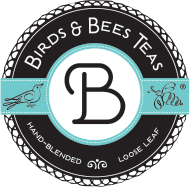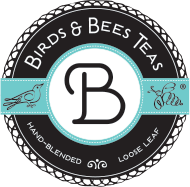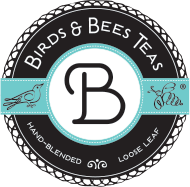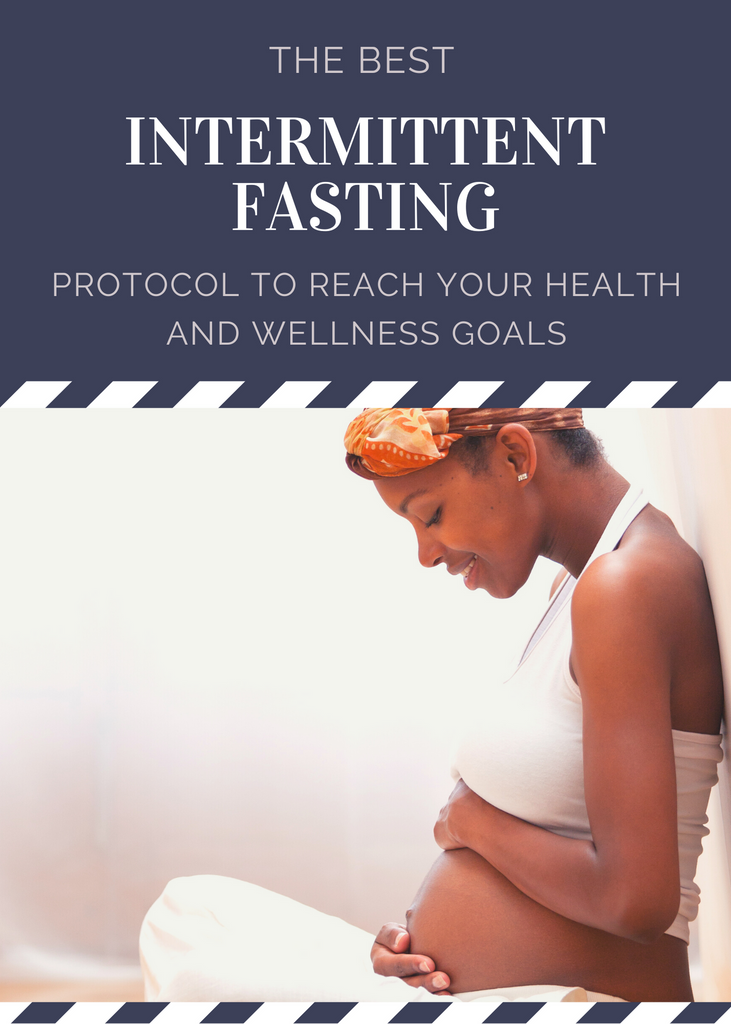Squats vs. Kegels: Pelvic Floor Strength During Pregnancy Squats vs. Kegels: Pelvic Floor Strength During Pregnancy
And all mamas collectively shout, “I thought all I had to do during pregnancy was sit around, eat all the time, and grow a baby!”
Well, yes and no. Before we get started, you must know, there is not a quick fix or one size fits all for prenatal exercise or health. Every mama is different and should be treated as such. A study published in the Research quarterly for exercise and sport journal has shown that physical activity during pregnancy greatly benefits mother and baby, (Downs). Now that you have that fact fresh in your mind, we can tackle the very popular debate of “squats vs. kegels.”
For years, the norm has been for obstetricians and birth support people to advise pregnant mamas to do kegels. Do them in the car, in the shower, on the couch, at a desk. Though recently, as we learn more about the pelvic floor, kegels become less of a fix-all and more of a small piece in the puzzle of prenatal health. This article will answer some questions and give suggestions for how to better prepare your body for childbirth.
What Are Squats and Kegels?
Before we get started on squats and kegels, let’s talk about the pelvic floor and what that is. Your pelvic floor is located between the tailbone and the pubic bone within the pelvis. Their job within the body is to support the bowel, bladder, uterus, and vagina. The pelvic floor muscles are like rubber bands. They expand and contract according to how toned the muscle group is. Exercises, like squats and kegels, can help tone this group of muscles. Hence, the argument of which is best for mamas-to-be. Annie Iverson Dougan, from Chicagoland Doulas, gives a great description of what squats and kegels are in her article “The Great Debate: Squats vs. Kegels.”
What is a squat?
According to Merriam Webster, a squat is “an exercise in which a standing person lowers to a position in which the torso is erect and the knees are deeply bent and then rises to an upright position.” Dougan gives a better, more understandable definition in her article by describing a squat as “the repeated motion lowering your lower body with your feet in a wide sumo squat position.”
What is a kegel?
Again, Merriam Webster gives an incredibly wordy definition of kegels, saying they are “repetitive contractions of the pelvic muscles that control the flow in urination in order to strengthen these muscles especially to control or prevent incontinence or to enhance sexual responsiveness during intercourse.” Dougan simplifies again, telling her readers that kegels are “the act of tightening and relaxing your pelvic floor muscles.”
What is the difference?
The main difference in these movements is the muscle groups they are focusing on, and how they affect the pelvic floor.
Squats work your legs, hips, glutes, and lower back. They lengthen your pelvic floor, which is great for pregnancy. One exception would be if baby is breech after 34 weeks, according to Angela from iheartmypregnancy.com. She mentions that at that time, you would want to try techniques to get baby in an easier position for birth. Squats can help, if they are done correctly. Just like every other exercise movement.
Like squats, kegels work just your pelvic floor muscles, and can be great for pregnancy, if they are done correctly. But the old adage is correct here: too much of a good thing can be a bad thing. Kegels tighten your pelvic floor, and if your muscles are too tight, baby is going to have a hard time vacating their comfy home on eviction day.
Which one is better as a Prenatal Movement?
The great news here is, both of these positions are great for prenatal exercise! You just need to do the research and ask a professional for advice. Like we mentioned before, every mama is different, and should be treated as such. No two bodies are alike, so the best movements for prenatal preparation vary.
As long as you are familiar with the correct way to perform each movement (again, seek a professional opinion if you are unsure), then they each have their own individual benefit for the pelvic floor, and getting your body ready for the end of this nine-month marathon.
So, what should I do?
If you came to this article expecting to get a clear answer of one movement or the other, then you probably didn’t get what you came for. However, don’t discount what you’ve read! Here are the steps you should probably take if you are trying to figure out how to get your body in the best shape possible for natural childbirth.
- Speak with your healthcare provider (Obstetrician, Midwife, Doula, etc.) about what movements will work for your body right now.
- Make an appointment with a pelvic floor specialist. These can be found in most Physical Therapy offices. Most of the time, mamas don’t hear about a pelvic floor physical therapist until after they’ve had their baby and are in recovery from labor and delivery. But, it would be extremely helpful to make an appointment before the big day, because they can give you great suggestions about how to strengthen your pelvic floor and get it in the optimal shape for your baby’s birth day.If you don’t know where to find a specialist, ask your provider! They might be able to point you in the right direction. Find a pelvic rehabilitation practitioner near you at https://pelvicrehab.com/.
- If you were more sedentary before your pregnancy, don’t worry! It won’t hurt baby for you to get a little bit more active during pregnancy. Again, always talk to your provider before starting an exercise routine to make sure that you aren’t starting something too rigorous. But moving your body is never a bad thing!
- Check out onestrongmama.com for examples of great, gentle prenatal exercises.
What's the “Tea”?
In conclusion, one movement isn’t going to be the be-all end-all for your pregnancy journey. It is a combination of movements, stretches, and activity that will help you the most. Just make sure to discuss with a professional before you start a vigorous exercise routine, and make sure to do your research. You wouldn’t dive headfirst into…skydiving for example. You would definitely want to talk to a professional and gain some general knowledge before jumping out of an airplane. The same goes for prenatal exercise.
Written by: Victoria Scarce
Works Cited:
"Definition of KEGEL EXERCISES." Merriam-Webster Logo, +019971-07, https://www.merriam-webster.com/dictionary/Kegel+exercises.
"Definition of SQUAT." Merriam-Webster Logo, 8 Feb. 2022, https://www.merriam-webster.com/dictionary/squat.
Dougan, Annie Iverson. "The Great Debate: Squats vs. Kegels." The Doula Blog, 29 Mar. 2017, https://www.chicagolanddoulas.com/blog/2017/3/29/nno9cq9vadgp8zi6x6n38lbzqfg7jc.
Downs, Danielle Symons, et al. "‘Physical Activity and Pregnancy: Past and Present Evidence and Future Recommendations.’" Research Quarterly for Exercise and Sport, vol. 83, no. 4, 2012, pp. 485–502, doi:10.1080/02701367.2012.10599138.
"Find a Pelvic Rehabilitation Practitioner Near You." Pelvic Rehab, https://pelvicrehab.com. Accessed 2 Sept. 2022.
"One Strong Mama." One Strong Mama, https://www.onestrongmama.com. Accessed 2 Sept. 2022.
And all mamas collectively shout, “I thought all I had to do during pregnancy was sit around, eat all the time, and grow a baby!”
Well, yes and no. Before we get started, you must know, there is not a quick fix or one size fits all for prenatal exercise or health. Every mama is different and should be treated as such. A study published in the Research quarterly for exercise and sport journal has shown that physical activity during pregnancy greatly benefits mother and baby, (Downs). Now that you have that fact fresh in your mind, we can tackle the very popular debate of “squats vs. kegels.”
For years, the norm has been for obstetricians and birth support people to advise pregnant mamas to do kegels. Do them in the car, in the shower, on the couch, at a desk. Though recently, as we learn more about the pelvic floor, kegels become less of a fix-all and more of a small piece in the puzzle of prenatal health. This article will answer some questions and give suggestions for how to better prepare your body for childbirth.
What Are Squats and Kegels?
Before we get started on squats and kegels, let’s talk about the pelvic floor and what that is. Your pelvic floor is located between the tailbone and the pubic bone within the pelvis. Their job within the body is to support the bowel, bladder, uterus, and vagina. The pelvic floor muscles are like rubber bands. They expand and contract according to how toned the muscle group is. Exercises, like squats and kegels, can help tone this group of muscles. Hence, the argument of which is best for mamas-to-be. Annie Iverson Dougan, from Chicagoland Doulas, gives a great description of what squats and kegels are in her article “The Great Debate: Squats vs. Kegels.”
What is a squat?
According to Merriam Webster, a squat is “an exercise in which a standing person lowers to a position in which the torso is erect and the knees are deeply bent and then rises to an upright position.” Dougan gives a better, more understandable definition in her article by describing a squat as “the repeated motion lowering your lower body with your feet in a wide sumo squat position.”
What is a kegel?
Again, Merriam Webster gives an incredibly wordy definition of kegels, saying they are “repetitive contractions of the pelvic muscles that control the flow in urination in order to strengthen these muscles especially to control or prevent incontinence or to enhance sexual responsiveness during intercourse.” Dougan simplifies again, telling her readers that kegels are “the act of tightening and relaxing your pelvic floor muscles.”
What is the difference?
The main difference in these movements is the muscle groups they are focusing on, and how they affect the pelvic floor.
Squats work your legs, hips, glutes, and lower back. They lengthen your pelvic floor, which is great for pregnancy. One exception would be if baby is breech after 34 weeks, according to Angela from iheartmypregnancy.com. She mentions that at that time, you would want to try techniques to get baby in an easier position for birth. Squats can help, if they are done correctly. Just like every other exercise movement.
Like squats, kegels work just your pelvic floor muscles, and can be great for pregnancy, if they are done correctly. But the old adage is correct here: too much of a good thing can be a bad thing. Kegels tighten your pelvic floor, and if your muscles are too tight, baby is going to have a hard time vacating their comfy home on eviction day.
Which one is better as a Prenatal Movement?
The great news here is, both of these positions are great for prenatal exercise! You just need to do the research and ask a professional for advice. Like we mentioned before, every mama is different, and should be treated as such. No two bodies are alike, so the best movements for prenatal preparation vary.
As long as you are familiar with the correct way to perform each movement (again, seek a professional opinion if you are unsure), then they each have their own individual benefit for the pelvic floor, and getting your body ready for the end of this nine-month marathon.
So, what should I do?
If you came to this article expecting to get a clear answer of one movement or the other, then you probably didn’t get what you came for. However, don’t discount what you’ve read! Here are the steps you should probably take if you are trying to figure out how to get your body in the best shape possible for natural childbirth.
- Speak with your healthcare provider (Obstetrician, Midwife, Doula, etc.) about what movements will work for your body right now.
- Make an appointment with a pelvic floor specialist. These can be found in most Physical Therapy offices. Most of the time, mamas don’t hear about a pelvic floor physical therapist until after they’ve had their baby and are in recovery from labor and delivery. But, it would be extremely helpful to make an appointment before the big day, because they can give you great suggestions about how to strengthen your pelvic floor and get it in the optimal shape for your baby’s birth day.If you don’t know where to find a specialist, ask your provider! They might be able to point you in the right direction. Find a pelvic rehabilitation practitioner near you at https://pelvicrehab.com/.
- If you were more sedentary before your pregnancy, don’t worry! It won’t hurt baby for you to get a little bit more active during pregnancy. Again, always talk to your provider before starting an exercise routine to make sure that you aren’t starting something too rigorous. But moving your body is never a bad thing!
- Check out onestrongmama.com for examples of great, gentle prenatal exercises.
What's the “Tea”?
In conclusion, one movement isn’t going to be the be-all end-all for your pregnancy journey. It is a combination of movements, stretches, and activity that will help you the most. Just make sure to discuss with a professional before you start a vigorous exercise routine, and make sure to do your research. You wouldn’t dive headfirst into…skydiving for example. You would definitely want to talk to a professional and gain some general knowledge before jumping out of an airplane. The same goes for prenatal exercise.
Written by: Victoria Scarce
Works Cited:
"Definition of KEGEL EXERCISES." Merriam-Webster Logo, +019971-07, https://www.merriam-webster.com/dictionary/Kegel+exercises.
"Definition of SQUAT." Merriam-Webster Logo, 8 Feb. 2022, https://www.merriam-webster.com/dictionary/squat.
Dougan, Annie Iverson. "The Great Debate: Squats vs. Kegels." The Doula Blog, 29 Mar. 2017, https://www.chicagolanddoulas.com/blog/2017/3/29/nno9cq9vadgp8zi6x6n38lbzqfg7jc.
Downs, Danielle Symons, et al. "‘Physical Activity and Pregnancy: Past and Present Evidence and Future Recommendations.’" Research Quarterly for Exercise and Sport, vol. 83, no. 4, 2012, pp. 485–502, doi:10.1080/02701367.2012.10599138.
"Find a Pelvic Rehabilitation Practitioner Near You." Pelvic Rehab, https://pelvicrehab.com. Accessed 2 Sept. 2022.
"One Strong Mama." One Strong Mama, https://www.onestrongmama.com. Accessed 2 Sept. 2022.





